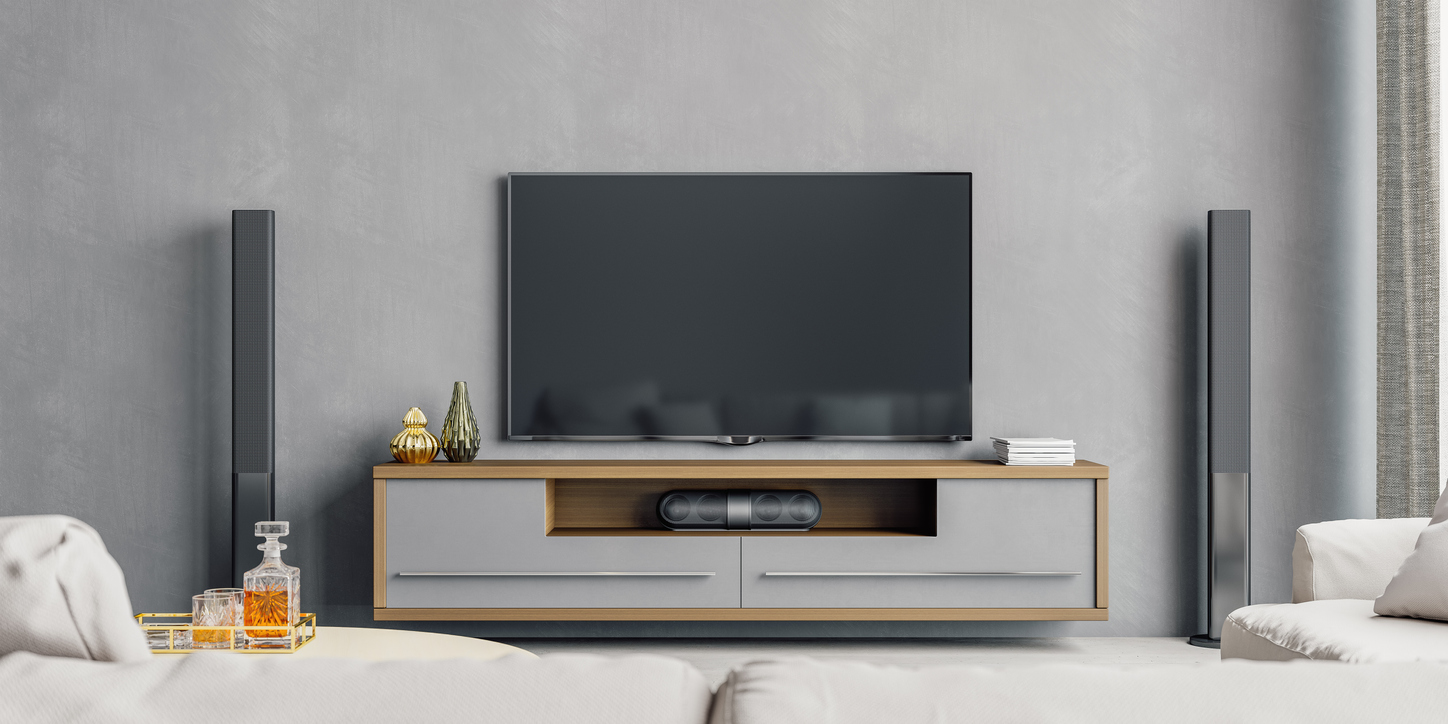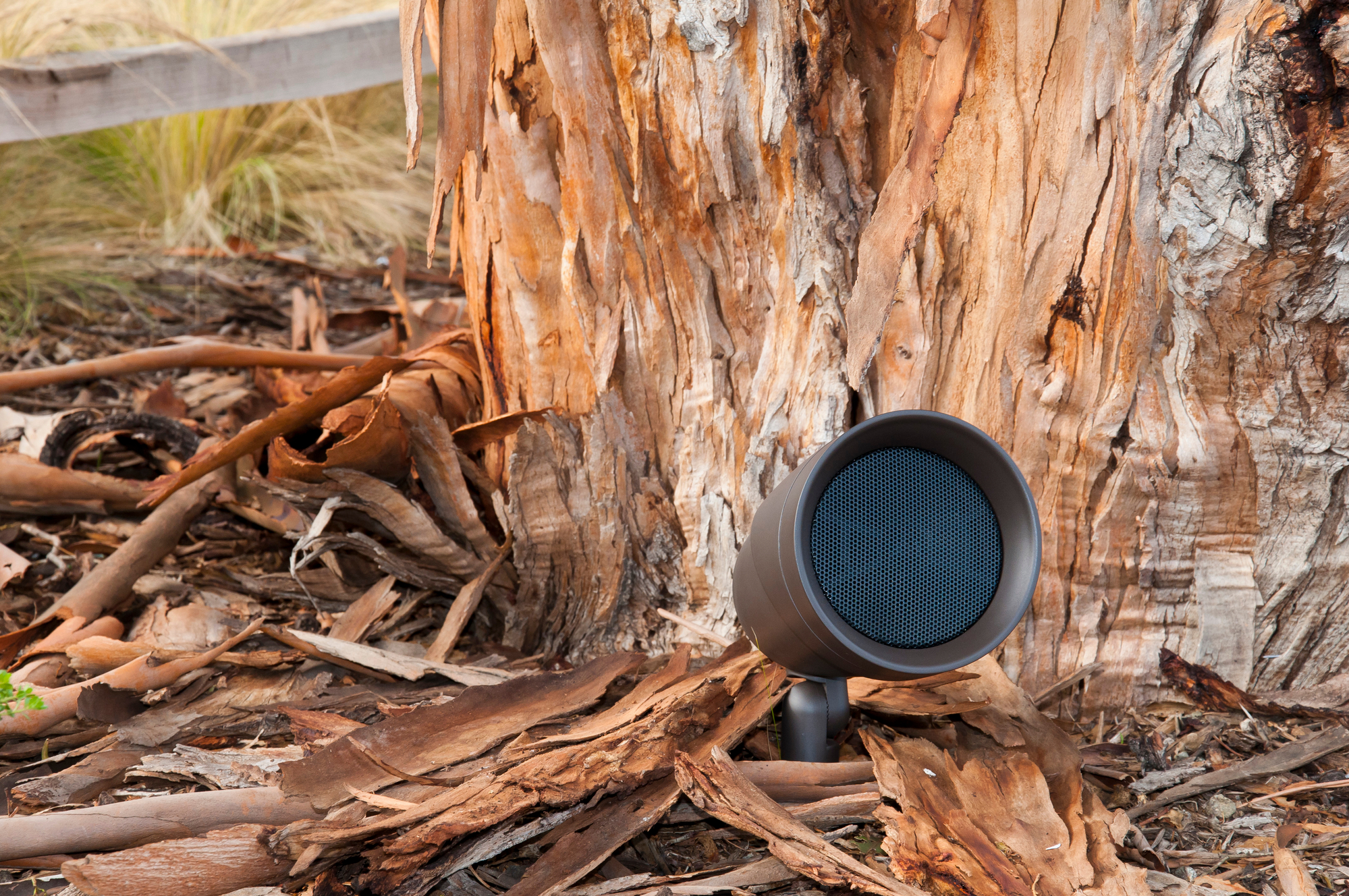How to Choose a Quality Floor-Standing Speaker
At AV Design Consultants, people often tell us here that because they aren’t an “audiophile,” they don’t have the ear to appreciate the differences between a good audio system and a great one. However, when we ask if they can hear the difference between streaming or music on a CD versus a live performance, they always say that they can. Most people’s ears are a whole lot better than they think they are.
What most people don’t realize, however, is that they can get near concert-quality sound right from the comfort of home. A great home audio system with a nice set of speakers can make it feel like you are somewhere else, listening to your favorite musicians play live. Hearing your favorite song reproduced in a way that brings out all the subtlety and soul that the artist intended can feel almost magical.
In recent years, soundbars, satellite speakers, and architectural speakers have gained popularity thanks to their ability to easily blend into a room. While any of these options can work well for certain applications, when it comes to robust sound quality, size matters.
Because they are larger, the enclosure for a floor-standing speaker typically has enough space for all the components that allow for a full-range reproduction of the music you want to play back.
Without all this and a proper enclosure, a speaker is unable to reproduce the full range of sound or music meaning something will be lost during playback. This is why floor-standing speakers, also known as “tower” speakers, continue to be the top choice for high-performance systems.
But, deciding on a pair of speakers isn’t easy – let’s take a look at what you should keep in mind when shopping for floor-standing speakers.

Check the Specs
While specifications don’t tell the whole story, they can give you a starting point to compare one option to another.
Frequency Response - Where free-standing speakers really shine is their ability to adequately reproduce a full range of sound, from the very low frequencies to the very high. This is especially true of those lower-end bass sounds. A speaker’s frequency response tells you how wide of a range that speaker is capable of. Frequency response is expressed in Hertz (Hz). For example, a speaker with a frequency response of 32Hz–25kHz will play lower and higher than a speaker rated at 44Hz-18kHz.
Sensitivity - A speaker’s sensitivity will tell you a little bit about how loud it can get. This is also sometimes referred to as the “efficiency” of a speaker. Sensitivity is a measure of how many decibels a speaker can put out at a given power level -- usually at one milliwatt. For example, a speaker rated at 98dB is going to play louder than one rated at 90dB, given the same level of amplification.
Power Handling - For your speakers to sound their best, you need to pair them with the right amplifier. This spec is called different things by different manufacturers, and you might see it listed as Recommended Amplifier Power or Amplifier Requirements. Floor-standing speakers can be somewhat demanding when it comes to amplifier power, due to their ability to put out high volume. Note: While it is possible to damage your speakers by playing them really loud for an extended period of time, you’re more likely to blow your speakers if your amplifier is underpowered.
Crossover Frequency - We typically discuss audio frequencies in terms of highs (think flutes, violins, etc.), mids (where vocals typically register), and lows (bass). While it is possible for a single speaker driver to output all of these frequencies, you will get much better performance from a speaker that utilizes two or more purpose-built drivers designed to reproduce specific frequencies.
The crossover frequency (or frequencies) is the point at which these frequencies are split. If you see one crossover frequency -- 1,300Hz for example -- this is a “two-way” speaker where one driver, called the tweeter, handles the highs while the other handles the mids and lows. If two crossover frequencies are listed (260Hz; 2.1kHz for example) then we call this a “three-way” speaker. A three-way speaker has dedicated drivers for the highs, the mids, and the lows.
In general, three-way speakers typically sound better than a two-way speaker but will also be more expensive.
The Cabinet
Not only does the cabinet define the look of the speaker, it’s also an essential component in how it sounds. The louder you play your speakers, the more air they need to move. The more air they move, the more potential there is for vibration and distortion. A cheaply built speaker may rattle at high volumes -- and nobody wants to have to worry about that. A well-built speaker cabinet will be robust and rigid enough to resist vibration, even at high volumes
A floor-standing speaker is likely to be a prominent visual feature of your room, and manufacturers know that. That’s why so many of them, especially on higher-end options, make a real investment in the exterior finish of the speaker cabinet. It’s not uncommon for speakers to feature rich wood or exotic veneers that make them look as good as they sound.
But the Most Important Factor is…
The look and the specifications are important, but the most important factor in choosing a floor-standing speaker, or any speaker for that matter, is how it sounds to you. Speakers with similar specs can sound radically different, with each imposing its own character and personality onto what you’re listening to. If the option is available, sit down and audition the speakers you’re considering with the kind of music you like to listen to. Close your eyes and lose yourself in the sound.
At the end of the day, what’s really important is that you enjoy how a speaker sounds. But, if you are looking for help picking out speakers, that’s what we are here for. Give us a call at 479-365-2201 and we’ll be glad to help you find great sounding floor-standing speakers.
When you subscribe to the blog, we will send you an e-mail when there are new updates on the site so you wouldn't miss them.





